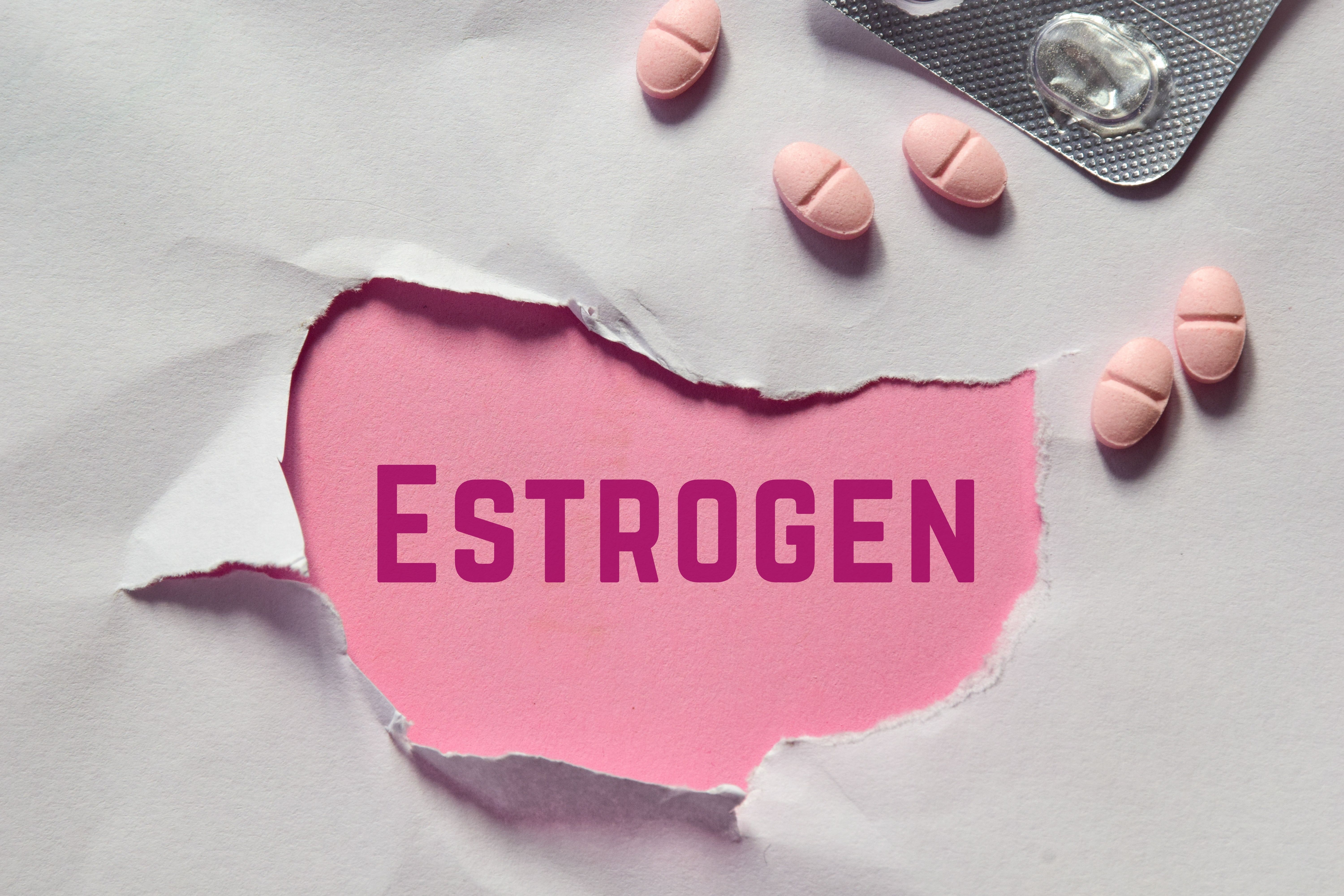Article
Women With High Stress Have Lower Levels of Ovarian Reserve Markers
Author(s):
Higher levels of self-perceived stress were negatively associated with Antral Follicle Count (AFC) and serum anti-Müllerian hormone (AMH) levels in women seeking fertility care.
Women with higher levels of self-perceived stress in women had lower levels of the ovarian reserve markers Antral Follicle Count (AFC) and serum anti-Müllerian hormone (AMH). These associations varied by several socioeconomic factors, according to an observational, prospective study of women seeking fertility care in Reproductive BioMedicine Online.
This study was conducted to see if self-reported psychological stress was associated with markers of ovarian reserve among women seeking fertility care. The researchers hypothesized that there would be an association between higher stress and lower ovarian function shown as lower AFC and levels of AMH and higher levels of circulating serum levels of day-3 follicle stimulating hormone (FSH).
Infertility currently affects 15% of all couples worldwide and the issue has increased over time, the authors explained. “Women with fertility problems experience higher rates of psychological stress as well as anxiety, depression, and poor quality of life,” they explained. “In addition, women conceiving using medically assisted reproduction…are at significant risk of experiencing psychiatric disorders.”
The study included 520 women looking for fertility care at the Massachusetts General Hospital who enrolled in the Environment and Reproductive Health study between 2005 and 2019. Participants completed the short version of the validated Perceived Stress Scale 4 (PSS-4) to measure psychological stress. These women had their AFC and day 3 FSH levels assessed. In addition, a subset of 185 also had AMH assessed.
It was found that higher total PSS-4 scores had a negative association with AFC and serum AMH levels when analyses were adjusted for age, body mass index (BMI), race, smoking, education, physical activity, and infertility diagnosis type. There were no associations between self-reported stress and serum day 3 FSH levels.
These associations were seen mainly among women who were younger, belonged to minority races, had a college degree, or had annual household income below $100,000.
Most of the women were White (83%), self-reported a regular menstrual cycle (88%), and were highly educated (60% with a college degree).
Compared with women in the lowest tertile, women in the highest tertile of total PSS-4 scores were thinner (BMI of 22.7 vs 23.8 kg/m2), less often White (77% vs 87%), and showed less physical activity (exercise of 5.0 vs 6.5 hours per week).
There were no associations between stress and oocyte yields, and while there was a negative relationship between stress and AFC in White and non-White women, stress was negatively associated with serum AMH in non-White women only.
Higher self-reported perceived stress was only associated with lower AFC and AMH levels of women with lower income, and stress was negatively associated with ovarian reserve only in women who had higher education.
In this study, younger women had higher AFC and AMH levels compared with older women, but these negative associations were mostly seen among women younger than 35 years old. Since it is known that ovarian reserve decreases as age increases, the authors hypothesized that “younger women are more sensitive to psychological stress as they are more fertile and have less problems conceiving naturally compared to older women who have lower AFC and AMH levels largely because of aging.” They also considered that women who perceived themselves to be more stressed were a little younger than women who reported less stress.
Some limitations include the restrictions of generalizing the results to the general population because the women in this study were looking for fertility care. Also, the study participants were mostly white with high socioeconomic status. Misreporting self-reported stress may also be a limitation.
"Further research among other women to confirm these results and to evaluate whether these ovarian reserve changes are reversible is warranted,” the authors concluded.
Reference
Mínguez-Alarcón L, Williams PL, Souter I, Ford JB, Hauser R, Chavarro JE. Perceived stress and markers of ovarian reserve among subfertile women. Reprod Biomed Soc Online. Published online February 7, 2023. doi:https://doi.org/10.1016/j.rbmo.2023.01.024











